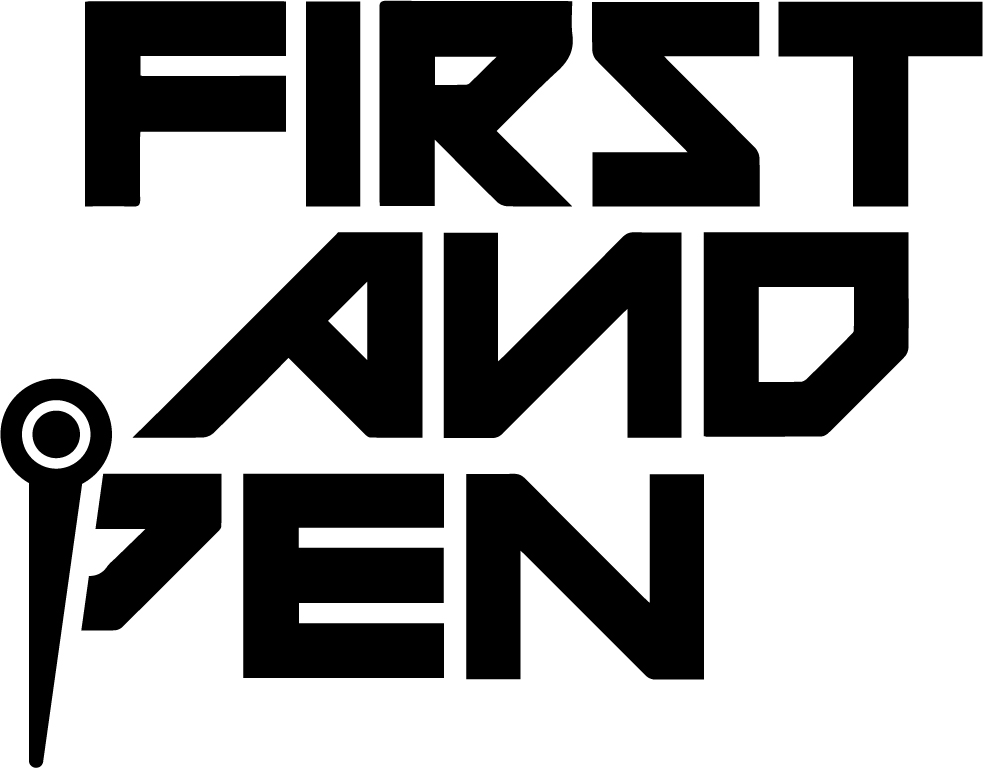P.K. Subban loved the game.
Unfortunately, sometimes the game, a sport that fiercely stomps out individuality, didn’t love him back as an individual.
In professional sports, some players hang around too long while others get out while the getting is good.
P.K. Subban is the latter.
Earlier this week, the New Jersey Devils defenseman shook up the hockey world by retiring at the age of 33 (apparently, Tuesday was the day for stalwart blueliners to hang it up).
During his career, Subban scored 115 goals and 467 points in 824 regular-season games with the Montreal Canadiens, Nashville Predators and the Devils. He won a Norris Trophy as the NHL’s top defenseman, a King Clancy Memorial Trophy (an award presented annually “to the player who best exemplifies leadership qualities on and off the ice and has made a noteworthy humanitarian contribution in his community”), an Olympic Gold Medal with Team Canada and became a three-time NHL All-Star.
He also made a Stanley Cup Final appearance.
“I never looked at myself or ever felt I was ‘just a hockey player,’” Subban tweeted. “I always looked at myself as a person who happened to play hockey.
“Having that perspective allowed me to enjoy every shift like it was my last, celebrate every goal with emotion and play every game as if someone paid to watch me who had never seen me play before.”
Yet for all his humbleness, Subban could actually go down as hockey’s most influential player ever.
During the 2017 NHL All-Star Game, Subban suited up with fellow Black NHLers Wayne Simmonds (the game’s MVP), Seth Jones and forward Kyle Okposo.
And, perhaps most importantly, the Toronto native brought the type of Blackness hockey purists hadn’t seen in the sport previously. He was hockey’s version of Allen Iverson, Michigan’s Fab Five and the Williams Sisters in terms of upsetting hockey’s traditional gatekeepers while wowing fans who wanted to see more of themselves in the sports they love.
Brash behavior.
Fashion sense.
Unapologetically Black.
We knew the vibes and Subban was the champion of Black hockey fans. His melanin was a beacon for young Black kids who wanted to play hockey and aspired to play in the NHL.
During the 2017 NHL Draft, I interviewed Arizona Coyotes draft pick Pierre-Oliver Joseph. The young defenseman, who is Black, told me his favorite player is Subban.
“He is happy and he has the passion to play the game,” the Pittsburgh Penguins blueliner told me. “He smiles and he is enjoyable on the ice.”
Blueliners are akin to cornerbacks in football, with both positions being high risk and high reward. In Subban’s case, his triumphs were belittled by some, and his mistakes were magnified by others.
His time in Montreal with the Canadiens was a microcosm of his career.
From run-ins with racist Boston sports fans after scoring goals in the Stanley Cup Playoff series and blackface incidents stemming from Team Canada fans and from an actor who played him in a Canadian play to coaches hanging him out to dry in media spaces, Subban faced the fire of ignorance.
And despite the aforementioned team and personal accolades, along with donating $10 million to Montreal children’s hospital, it appears that he came to grips that no matter what he said — or mostly didn’t say — he was never going to be a part of hockey’s in-crowd.
Some, including myself, wanted more from him regarding player activism. But like his on-ice approach, Subban leaned into his activism in his own way. After all, notable Black folks in the U.S., Canada, and other places in the Diaspora, have the sometimes unfair task of speaking for the uplift.
And when you’re one of the few in your chosen vocation, people look to see what you’re going to say regarding certain issues.
Subban admitted as much in a 2022 Daily Beast feature.
“There have been times where I felt I couldn’t talk about certain things,” Subban said. “That sucks. I’ve had to wait 13, 12 years to talk about it, and feel supported.”
During his time in Nashville, Subban brought together Nashville police officers and the city’s youth for his Blueline Buddies program which aimed to promote understanding. Perhaps these meetings produced a series of uncomfortable conversations regarding why police officers are viewed as a protected class in white communities and are viewed as villains in Black neighborhoods.
Hockey carefully — and intentionally— avoids the issues of our times.
In the midst of a global pandemic, everyone including hockey fans watched a police officer rip the life out of George Floyd’s body. The horrific incident took place on a Minnesota street; a place that likes to dub itself “The State of Hockey.”
While athletes from all walks of life utilized every platform known to man during the racial reckoning of 2020, a schism in Black hockey spaces took shape.
While some prefer to work with the NHL to eradicate racism in hockey spaces, others drew the line in the sand citing that hockey culture is strictly interested in “performative allyship.”
Subban reportedly turned down the chance to align himself with the Hockey Diversity Alliance led by former NHLer Akim Aliu and other hockey players of color.
Individuals like Willie O’Ree, Mike Marson, Val James, Angela James, Tony McKegney, Anson Carter and Jarome Iginla are traditional names hockey fans point to as trailblazers.
While not mentioned in the same breath, Subban was able to do things in a calculated way, proving that his words did indeed carry weight.
And they will continue to do so.
So despite what the NHL, Black hockey fans, and hockey culture, et al, may have wanted from Subban, it appears that he continues to live his childhood dreams and leaves the ice with a satisfied mind.












[…] PK Subban faced his fair share of criticism throughout his career, but he also did so much for the communities he lived in and for the game, in general. [First and Pen] […]